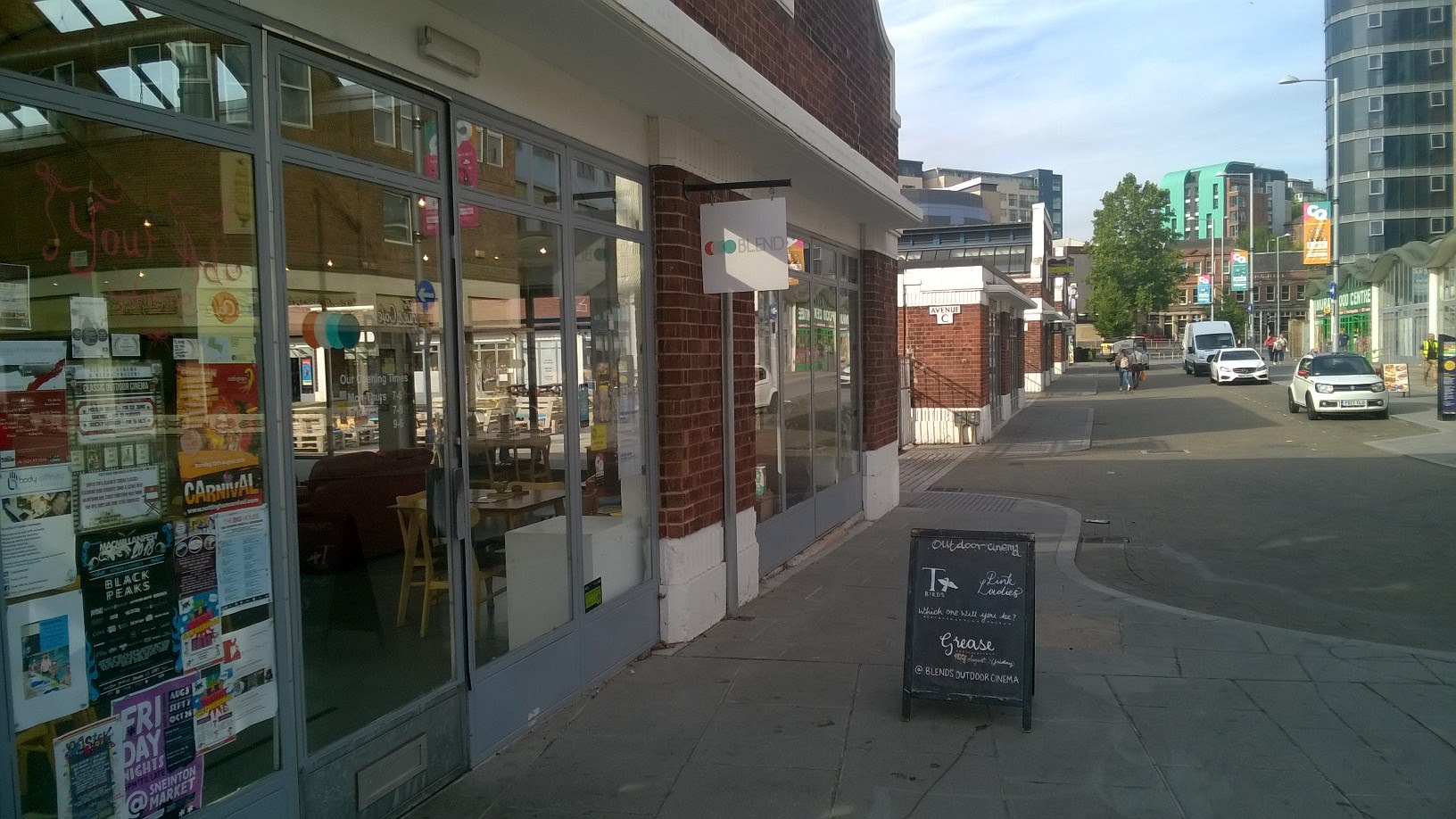Last month Nottingham City Council outlined its vision for the area East of the Victoria Centre as far as St Mary’s Rest Garden and Victoria Park and down to Sneinton Market, which includes parts of the Creative Quarter. This has been set out with the publication of what is known as the Nottingham Eastside Supplementary Planning Document (SPD).
The Eastside SPD has multiple aims including promoting balanced communities but also providing planners with material policy considerations to demand safer and more sustainable development, fully integrating in it the council’s 2028 zero carbon target. It’s pieces of legislation like this that make Nottingham City stand out. The SPD builds on the concept of the ‘20 minute neighbourhood’, which aims to boost the local economy by keeping jobs and money local, to improve the health and wellbeing of Nottingham Residents by promoting healthy and sustainable life habits such as walking and cycling, and to celebrate and promote our green spaces and to create spaces for people of all ages to enjoy.
If there was a lesson learned during the pandemic that is that our built environment and public spaces need to reflect our need for healthier living and cleaner air. That means making a radical leap forward to a less carbon-dependent future. It’s policies such as this SPD that contribute towards achieving better outcomes for Nottingham residents in the long-term. Whilst direct electric heating is introduced for most new development and there is usually a focus on building fabric to achieve sustainable outcomes, this policy will allow, when possible, for the use of advanced technology to achieve energy efficiency in new buildings, such as ground source heat pumps and PVs.
The East-side SPD also introduces a lot more protection for built heritage assets in the area it covers, including heritage at risk. More means are provided to planners to protect locally listed buildings that may not be listed by historic England, but are celebrated by members of the public for their history, their distinctive character and design.
The Eastside area that the SPD covers stretches from the prysm club, all the way to the Sneinton market and the creative quarter. The area covered by the SPD has seen a lot of change over the centuries, and the SPD is a document that once adopted will add further safeguards for its history ancient and modern. Why is that significant?
It is if we take into account that the area under the eastside includes what’s left from the Viking occupation, including Viking burial grounds with Viking graves still surviving, it also includes the remnants of a medieval settlement including medieval town defences, as well as a medieval hospital. There is also a high likelihood that there are caves under the Eastside area, which is one of our distinctive treasures as a city. The SPD is important as it adds checks and balances to ensure that underground archeology does not become subject to harm from future development.
The area covered by the SPD’s history was affected by two key developments which very much explain the way it looks today. One was the enclosure act 1845 after which land north-east of the region including St Anns became open to development. That land was previously part of the Clayfield and could not be developed. The Enclosure act however gave way to the building of industrial housing and slums there, most of which were cleared during nation-wide slum clearances taking place from the early 20th century up until the 1970s. That’s when arterial roads became wider, and Lower Parliament Street and Huntington Street were formed.
The East side includes significant 19th century buildings and sites that survive today, including St Mary’s rest garden and the Victoria Park (originally part of the clayfield), Park View Court flats, the clock tower from the Victoria baths (which currently forms the Victoria Leisure Centre), the ragged school on Bath street as well as the New Foresters Arms that survived the clearance policies. In terms of early 20th century buildings of significance, they include the Palais de Danse (Prysm club), the salvation army’s memorial hall, the art deco styled Huntington street garage, and of course the Sneinton market which, although older, in its current form resembles its 1930’s modernised planning and design.
The SPD is aimed to create balanced communities, promote sustainable and healthy living, protect our heritage, and ultimately create places Nottingham people love to live in. The consultation will be starting very soon and it’s a great opportunity for everyone to have their say on what the future should look like for the Eastside!
Pavlos Kotsonis
Councillor for Lenton and Wollaton East
Executive Assistant for Planning and Heritage

